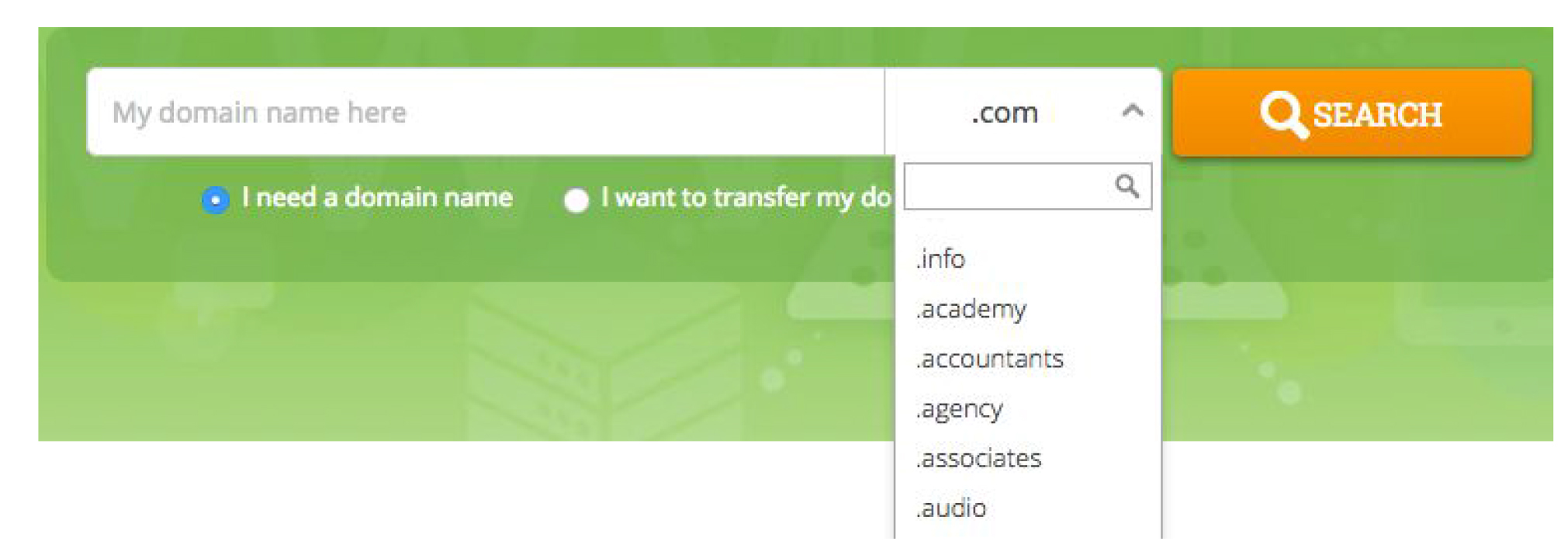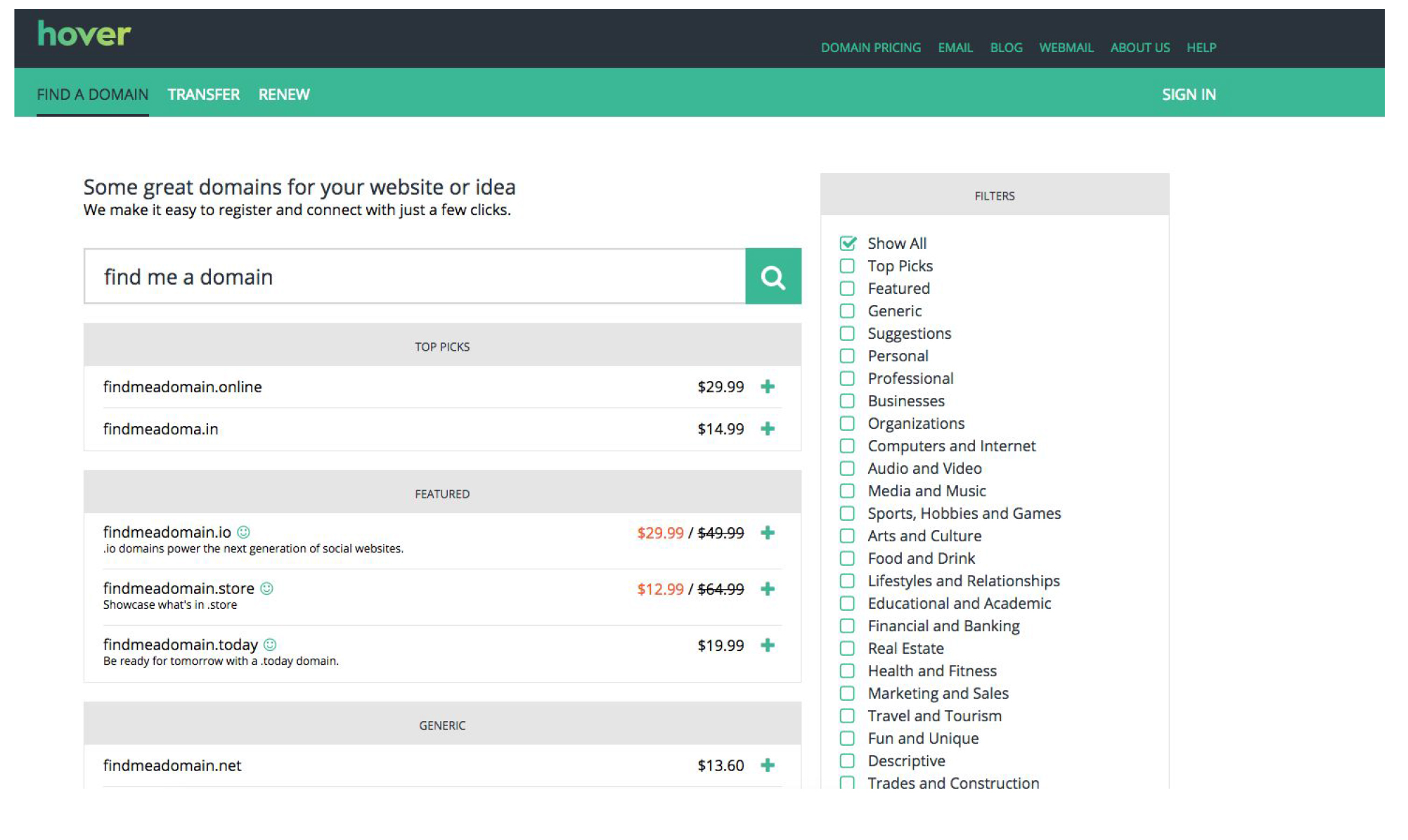A while back, I wrote about things we have learned from selling 100,000 new gTLDs. Today, we hit another significant milestone: 250,000 new gTLDs sold. It feels appropriate to do another assessment, to take the pulse, to see if anything has changed.
Adoption is now steady
The adoption curve shows a steady growth. As I had said before, we have always expected this to be a marathon, not a sprint. Every month, the number of resellers who have sold at least one new gTLD increases, and we expect this to continue over the next few months and years.
Europe is still leading the charge
More than half of our new gTLDs have been sold in the EMEA region, largely due to the success of regional TLDs such as .LONDON and .AMSTERDAM. Europeans are also no strangers to overwhelming choices: ccTLDs have definitely helped with acceptance. Adoption in North America has begun to accelerate. Some of our largest North American clients are now offering new gTLDs.
User experience continues to be an issue
Without a doubt, user experience continues to be a major pain point. It is a challenge to present hundreds of top-level domains in a way that is both user-friendly and relevant. Users continue to be presented with endless drop-down menus, and we know well that an overwhelming choice can impact the experience tremendously. Users are often faced with suboptimal UIs:

The resellers who are seeing the most success are the ones focused on solving the user experience issue. Let’s take Hover as an example, which continues to optimize the search results experience. Even after spending months on this task they still believe that there are lots of work ahead of them.

End-user awareness is close to non-existent
If you have ever talked to end-users you know this is true. The looks on people’s faces when you say that you can buy .PHOTO or .TECH domains are priceless. It’s a mix of awe, disbelief and excitement. In my opinion, the lack of awareness is one of the main issues with new gTLDs, and we should be asking ourselves: whose job is it to create awareness around them? Registries have not done a good job. Registrars can’t effectively market 400+ TLDs, resellers are overwhelmed by choice and end users are left on their own.
Some predictions for the next 250,000
Here are some predictions for the months to come:
- I am expecting us to sell the second batch of 250,000 new gTLDs a lot faster than we sold the first: as large resellers start offering the new extensions, we will sell more and more efficiently.
- Most resellers will continue to overlook UX: the winners will be the ones who can figure out a clever way for users to deal with choice.
- The sales gap between Europe and North America will close considerably: North America may even have sold more gTLDs than Europe by the time we get to 500,000.
- End user awareness will be marginally better than it is today: I do not see any one party leading the charge so I expect awareness to be high among certain niches, but general awareness will continue to be low.
As a registrar, our view is that new gTLDs continue to be an interesting opportunity, and we continue to be excited about the potential. The biggest challenge for registries and registrars is to learn how to work together in an environment that is radically different from what it used to be three years ago. If registries and registrars can collaborate effectively, we may be able to tell a better story.
